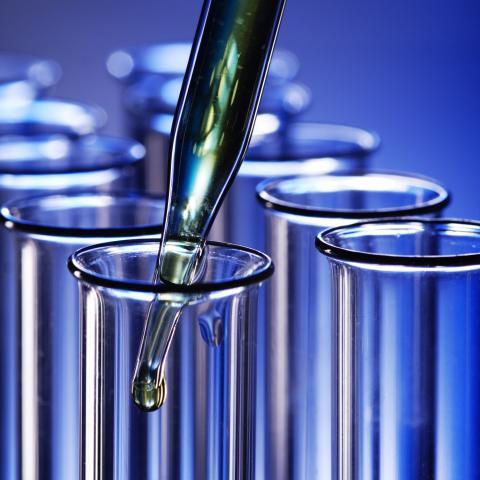The manufacture of biologics is a highly demanding process. Protein-based therapies have structures that are far larger, more complex, and more variable than the structure of drugs based on chemical compounds. Plus, protein-based drugs are made using intricate living systems that require very precise conditions in order to make consistent products. The manufacturing process consists of the following four main steps:
1. Producing the master cell line containing the gene that makes the desired protein
2. Growing large numbers of cells that produce the protein
3. Isolating and purifying the protein
4. Preparing the biologic for use by patients
Some biologics can be made using common bacteria, such as E coli. Others require cell lines taken from mammals, such as hamsters. This is because many proteins have structural features that only mammalian cells can create. For example, certain proteins have sugar molecules attached to them, and they don’t function properly if those sugar molecules are not present in the correct pattern.
 Maintaining the right growth environment
Maintaining the right growth environment
The manufacturing process begins with cell culture, or cells grown in the laboratory. Cells are initially placed in petri dishes or flasks containing a liquid broth with the nutrients that cells require for growth. During the scale-up process, the cells are sequentially transferred to larger and larger vessels, called bioreactors. Some bioreactor tanks used in manufacturing hold 20,000 liters of cells and growth media.
At every step of this process, it is crucial to maintain the specific environment that cells need in order to thrive. Even subtle changes can affect the cells and alter the proteins they produce. For that reason, strict controls are needed to ensure the quality and consistency of the final product. Scientists carefully monitor such variables as temperature, pH, nutrient concentration, and oxygen levels. They also run frequent tests to guard against contamination from bacteria, yeast, and other microorganisms.
When the growth process is done, the desired protein is isolated from the cells and the growth media. Various filtering technologies are used to isolate and purify the proteins based on their size, molecular weight, and electrical charge. The purified protein is typically mixed with a sterile solution that can be injected or infused. The final steps are to fill vials or syringes with individual doses of the finished drug and to label the vials or syringes, package them, and make them available to physicians and patients.



